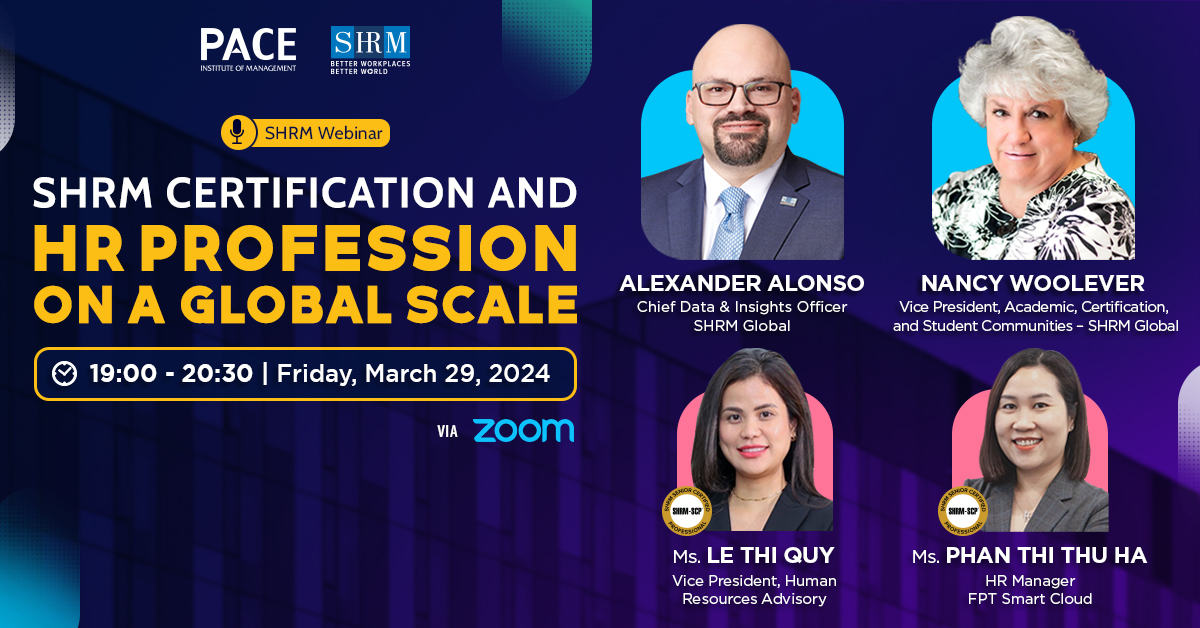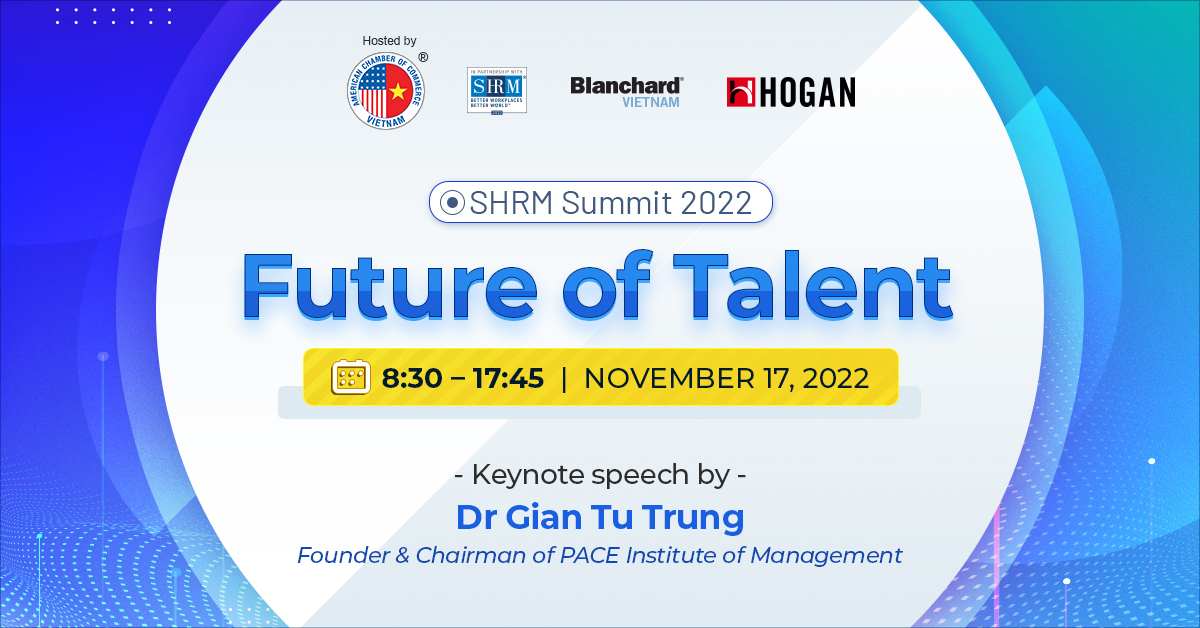VIEWPOINT: HOW A DEPARTMENT OF ONE CAN HELP ELIMINATE HIRING BIAS
The American Alliance of Museums, like many organizations, seeks to expand the impact of our mission by engaging a variety of audiences to join us in our cause. We need museum lovers from all walks of life—as members, trustees and employees.
With diversity, equity, accessibility and inclusion as focus areas of our strategic plan, broadening our job applicant pool is particularly important as we seek to develop a staff that represents the many communities and institutions—from art museums to zoos—that we serve. From an HR perspective, this means examining our hiring practices to identify areas where we may be unintentionally discouraging candidates of different backgrounds. Last year, we took steps to examine those practices. But first, as a small nonprofit with a staff of 38 and limited resources, we needed to overcome three obstacles.
The first obstacle we encountered was convincing our hiring managers that we needed to make a change. Over the years, managers had expressed appreciation for our systematic recruitment approach. I struggled with how to make the case for change. As any manager who has been short-staffed knows, the pressure to fill a vacancy is strong.
With diversity, equity, accessibility and inclusion as focus areas of our strategic plan, broadening our job applicant pool is particularly important as we seek to develop a staff that represents the many communities and institutions—from art museums to zoos—that we serve. From an HR perspective, this means examining our hiring practices to identify areas where we may be unintentionally discouraging candidates of different backgrounds. Last year, we took steps to examine those practices. But first, as a small nonprofit with a staff of 38 and limited resources, we needed to overcome three obstacles.
The first obstacle we encountered was convincing our hiring managers that we needed to make a change. Over the years, managers had expressed appreciation for our systematic recruitment approach. I struggled with how to make the case for change. As any manager who has been short-staffed knows, the pressure to fill a vacancy is strong.

The next obstacle was our lack of automation. How would we implement more inclusive hiring practices with a manual recruitment process? We don't use applicant tracking software—in coordination with small hiring teams, I collect, sort, and review resumes as a department of one.
Finally, the last obstacle was me. The idea of overhauling our recruitment process through the lens of mitigating bias seemed daunting. During my 12-year tenure, I had carefully crafted a recruitment system designed to deliver a fair and consistent experience for candidates. It had served us well—or so I thought.
The Solution
Despite our limited resources, we took small steps to examine three areas: job skills, mitigating bias and gaining buy-in. Here is what we learned.
Ensure that job descriptions focus on skills. We began looking at job descriptions for each vacancy as if the position were brand new. This made us realize that our job requirements relied heavily on credentials rather than demonstrated skills. For example, we often relied on a graduate degree or previous museum employment as a method for screening candidates.
Recognizing that candidates from other industries may have valuable skills prompted us to evaluate our job descriptions and postings for potential gender-coded language and eliminate the use of industry jargon. In one search, we used free software (Textio) on a trial basis to spot words that may be considered feminine or masculine. For example, we learned that "collaborates" may be more attractive to women than "drives results," which may draw in more male candidates. With this awareness, I now ask hiring managers to help me evaluate our job descriptions for potential bias.
Create opportunities for candidates to demonstrate skills. By giving candidates the chance to demonstrate their skills, we have found that hiring managers gain a better sense of a candidate's ability to perform the job duties. We now ask candidates to respond to specific questions in cover letters and incorporate challenge-like activities such as role playing and short presentations in interviews.
Hiring teams can witness firsthand how a finance candidate explains the components of a financial statement, for example, or how a development candidate communicates the value of museums as part of a proposal.
Incorporate blind screening practices to keep biases in check. Although we couldn't afford to purchase applicant tracking software to help us manage resumes, we were able to introduce identity-blind screening in our application collection process by simply asking candidates to omit names, addresses, names of schools, and graduation dates when submitting cover letters and resumes. This has saved us time trying to mask candidates' personal identifiers.
Results
We witnessed several outcomes, both expected and unexpected.
Recognize that resume bias comes in many forms. Like many HR professionals faced with a large number of applicants, I'm usually looking for ways to screen people out rather than in. I was trained to seek out the gaps in employment history, typos and questionable grammar usage on resumes and treat them as red flags even though these criteria alone are rarely the most relevant to the job.
With each new search, we ask hiring team members to share their own pet peeves about resumes. Which characteristics cause you to eliminate a candidate at the resume review stage? Which resume characteristics influence your impression of a candidate?
Connect recruitment goals to organizational objectives. Our recruitment goal is to attract the most qualified candidates and broaden the diversity of our applicant pools. We review this strategic goal with hiring teams at the beginning of each search. Increasingly, we encountered less resistance to trying new methods. Soon, team members were offering their own suggestions for how to achieve our goal.
Engage your hiring team in creating resume review protocols. Hiring processes inevitably will involve preferences. Through candid discussions of our personal preferences and relevant job skills, our hiring teams come to an agreement on which biases (evaluation factors) we will use to gauge candidates.
Along with the agreed-upon evaluation factors, we create a list of protocols to help us manage our individual biases. We identify factors that may influence our perceptions of the candidate but are not relevant to the job. Some hiring teams refrain from seeking out additional information about the candidate at the resume review stage (no Internet search, for example).
Allow hiring team members to share equally. Having two hiring team members independently review all resumes has helped us keep our biases in check. I ask each to independently identify their top candidates to minimize groupthink. We then meet as a team to create a list of our top five candidates.
Use a collaborative approach. A collaborative approach was an unexpected result of the process, but it turned out to be key in enabling us to successfully implement these changes relatively quickly with no additional costs. Inviting hiring teams to share their recruitment experiences opens up the conversation about biases. Having teams agree upon which skills to evaluate provides clarity. Brainstorming techniques for mitigating biases gives team members the opportunity to support one another in achieving a common goal.
Improve the applicant experience. Greater transparency has led to an improved applicant experience. Communicating the steps we are taking to promote inclusive hiring, listing items to include in cover letters, and adding salary ranges in job postings helps manage candidate expectations, improves the quality of applications we receive and consistently earns us compliments from candidates.
As the HR subject matter expert, I was expected to prescribe a solution. Instead, it is refreshing to act as a facilitator to implement changes. Inviting others to offer input to the changes we are making has created an environment of learning and experimentation for our organization. Engaging colleagues in this way has created shared ownership and enables us to talk openly about successes and challenges. It is opening us up to new possibilities and new ways of working—all qualities that will serve us well in other aspects of our business operations.
Time savings: Focusing on skills has increased efficiency and the quality of time spent in our interviews.
Resources used: We didn't need technology to incorporate blind screening practices. Instead, we asked candidates to omit certain information on their application materials.
Organizational benefits: Gender-neutral job descriptions expand the applicant pool, as does considering candidates with transferable skills from other industries.
SOURCE: SHRM.ORG
|
Training Program
INTERNATIONAL HUMAN RESOURCE MANAGEMENT/IHRM
Internationalize the human resource management capabilities of HR professionals in Vietnam Opening Date: March 14, 2019 in HCMC |










